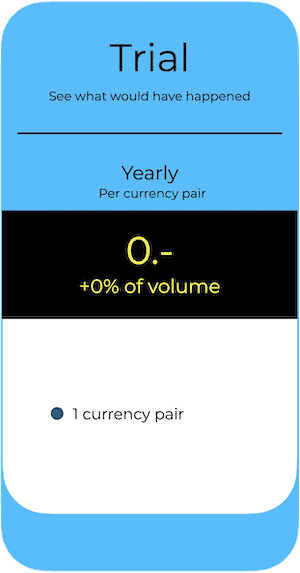The prospect of falling interest rates in the U.S. could bode well for currency developments in emerging markets. Last year, many central banks did not cut interest rates because they were concerned that doing so would further weaken their currencies if US interest rates remained constant.
This is happening amid a significant drop in inflation rates in most countries.
Despite falling inflation, Brazil felt compelled to raise interest rates significantly to achieve the highest real yield. This dampened demand in the country, but at least it put an end to the weakness of the real.
Interest Rate Cuts in the U.S. Could be a Liberating Move
Currently, interest rates in Brazil are 10% higher than in the U.S. and 12% higher than in the Eurozone. The inflation rate is relatively stable at 5%. This could fall significantly if the real appreciates. However, interest rate cuts could stimulate economic development and recently sluggish retail sales.
I chose Brazil deliberately because it is the most extreme example of high real interest rates. These rates protect against devaluation risks and unlock growth potential when they normalize, i.e., when interest rates fall.
I consider a 3-4% interest rate premium above the inflation rate to be justified in order to adequately reflect economic weaknesses in Brazil and other emerging markets. For Asian emerging markets, however, I see this figure as being more in the range of 1.5% to 2.5%. All of the currencies discussed have potential, with India offering the least in my view.
Interest Rates in Emerging Markets Will Fall, Even Without a Cut in US Interest Rates
In recent years, the U.S. has resembled an emerging market in terms of fundamental imbalances. Due to its tariff policy, the U.S. could see inflation rates rise again, making it impossible for the Fed to cut interest rates multiple times (as long as there is no significant rise in unemployment).
Due to the deportation of hundreds of thousands of undocumented immigrants, it is unlikely that there will be significant labor market shortages. Therefore, rising inflation could make interest rate cuts impossible.
The inflation trend in emerging markets is flat or declining. This allows central banks to lower interest rates. A fall in bond yields leads to a gold rush among bond fund managers.
- Falling interest rates cause bond prices to rise
- Bonds offer fixed high interest rates, which are earned in addition to price increases
- The first two points lead to rational buying behavior for FX bonds and their currencies. Consequently, demand for EM currencies rises, and their price becomes the third source of performance for fund managers who approach the investment without hedging during these phases
The Consequences for Corporations
The conditions for devaluation of EM currencies are not currently in place. Hedging receivables is an expensive burden that does not make sense at the moment. Set LPOs with adequate risk budgets. Hedging USD receivables is highly advisable, particularly for Mexican subsidiaries.





